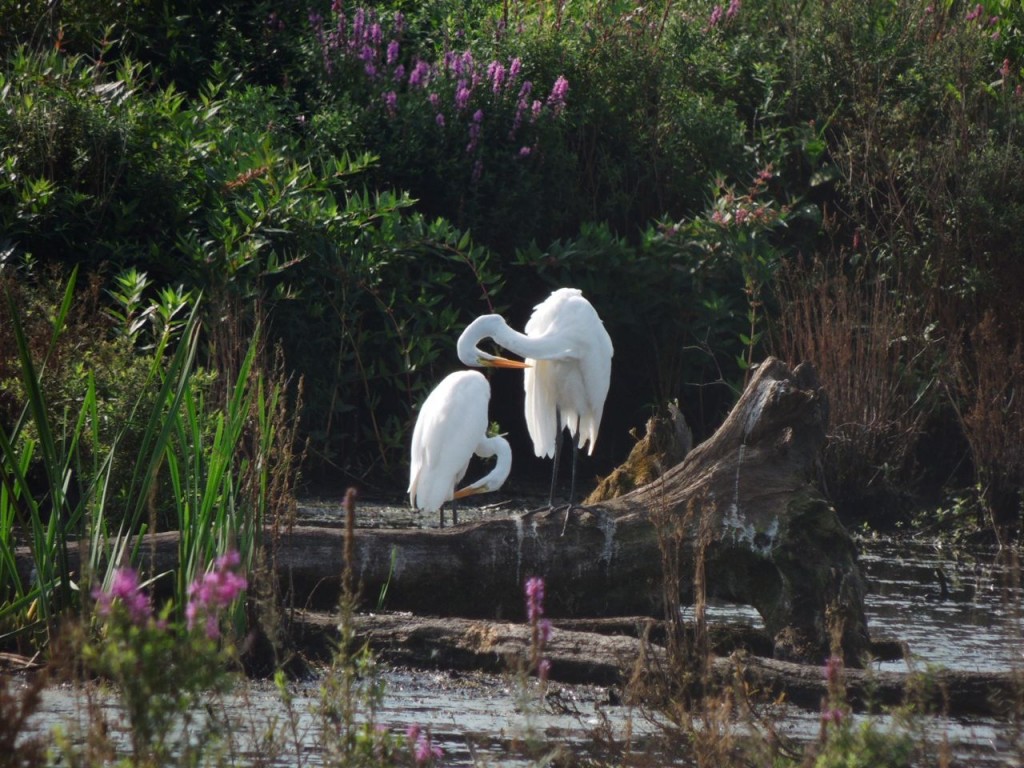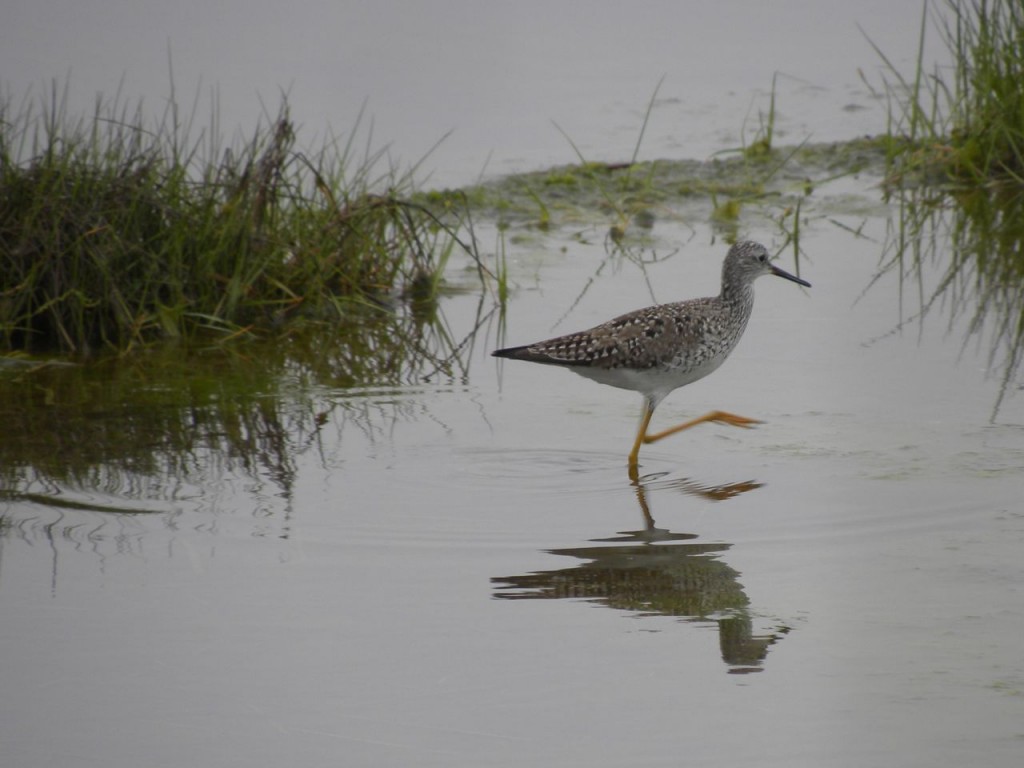6 April 2015. Hamilton ON. A group of likeminded birders and I are engaged in a couple of months of regular bird censuses. Our task, over the two spring months of April and May, is to systematically walk specific routes and record all birds seen and heard. The long-term objective is to build a picture of bird species’ populations and species mix in a very bird-rich part of Ontario. This is the first year in what is designed as a multi-year project, our efforts will probably not start to demonstrate meaningful data until a decade of effort has accumulated.
We are watching and recording the return of dozens of species, starting now with waterfowl, but before long we’ll start seeing the neo-tropical migrants. Soon we’ll notice that some winter visitor species: Dark-eyed Juncos and American Tree Sparrows in particular have left to return north to breed; the Great South to North Spring Shift.
Today in a biting northeasterly wind (Force 3 on the Beaufort Scale) we encountered thirty-three species, a third of which we could safely say were returned migrants. They’d be ho-hum birds a little later in the year but we welcome their return even so, species such as: Common Grackles, Song Sparrows and Killdeers. Less welcome, but returned nevertheless, were the first Brown-headed Cowbirds; a species whose parasitism of small passerines made ecological sense in their original prairie habitat but their spread east into the habitat of eastern woodland species has been and continues to be nothing short of devastating.

Best birds today were a Great Egret and a Lesser Yellowlegs. Neither is a shock to the system, both species are generally and statistically reckoned to show up around the end of the first week in April. Not a shock then, but a surprise; to me anyway. The Great Egret because they don’t breed anywhere around here, I suppose this one was just passing through. We don’t see them consistently until July, August and September when dozens of them settle in to our mudflats and marshes having finished with their far flung breeding colonies.

The Lesser Yellowlegs just seemed so out of place picking its way along the fringes of the barely ice-free shallows. Like the egret, they are usually associated with the warmth of late summer when, on their return south, they rest and feed here awhile in preparation for the next few thousand miles of migration. In August our shoreline habitat must surely be alive with delicious invertebrates, today it would be a quite different matter; just wriggly things on ice.
I’ve included a couple of late summer shots to warm things up.